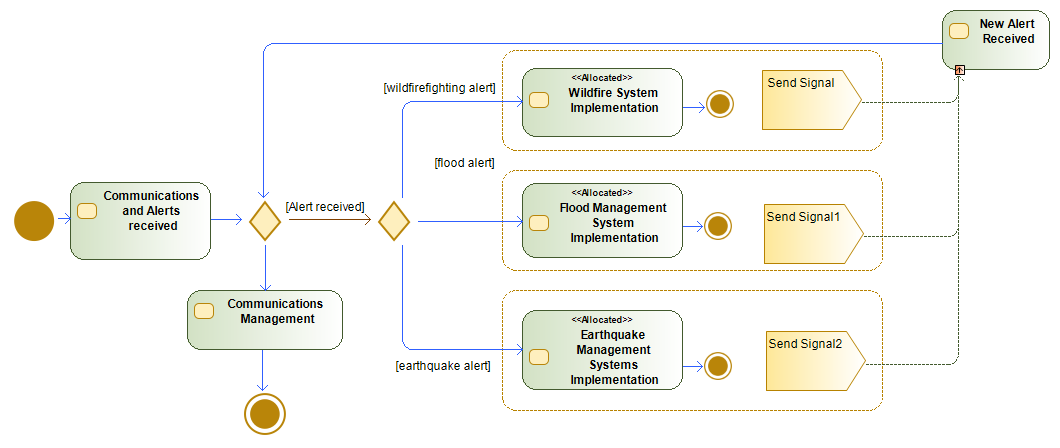

Tool purposes – specified by tool providers.Framework requirements – specified by WP leaders,.Case study requirements – specified by case study partners,.We splitted the architecture model in several parts and divided the responsibilities among the different Work Package (WP) leaders, tool providers and case study providers (see Fig. As modeling language, we took a Systems Modeling Language (SysML) subset for requirements specification and a Unified Modeling Language (UML) subset for the high-level architecture specification.

We adopted a practical approach for the architecture specification that is particularly adapted to collaborative projects such as thus integrating tools coming from several parties. Fourth, several documents need to be generated by extracting the relevant information from all over the architecture model. Third, it should be considered that the architecture model will be used during 3 years of the project for numerous purposes, and thus needs to be prepared to accommodate for changes in methodology. Second, it should be carefully planned which level of details is appropriate for the design of the individual contributions. First, the architect team should decide the right organization for the global architecture model. Indeed, models as the first-class entities of the engineering process should contain all the necessary information for the design documentation. Automated document generation was one of the first benefit offered by the Model-driven Architecture (MDA).

Model-based approaches for specification have been developed consistently during almost two decades.
YOUTUBE MODELIO SYSML SOFTWARE
Relying on the unification power of models, it should provide efficient means for describing, handling and keeping traceability/mapping between large-scale and/or heterogeneous software and system artifacts. This can go from highly specialized engineering practices to low-level monitoring.

The paper concentrates on the concrete examples of the tooling approach for building the framework architecture. A paper summarizing those has been accepted at the SEDA conference. We believe that our experience and lessons learnt in the process could be useful in other similar contexts. W e opted for a pragmatic model-driven approach in order to specify the case study requirements, design the high-level architecture of the framework, perform the gap analysis between the industrial needs and current state-of-the-art, and to plan a first framework development roadmap accordingly. Specifying the architecture of such a large project as (27 partners from 6 different countries, 9 industrial case studies as well as over 30 different tools from project partners) is a challenge in itself.


 0 kommentar(er)
0 kommentar(er)
